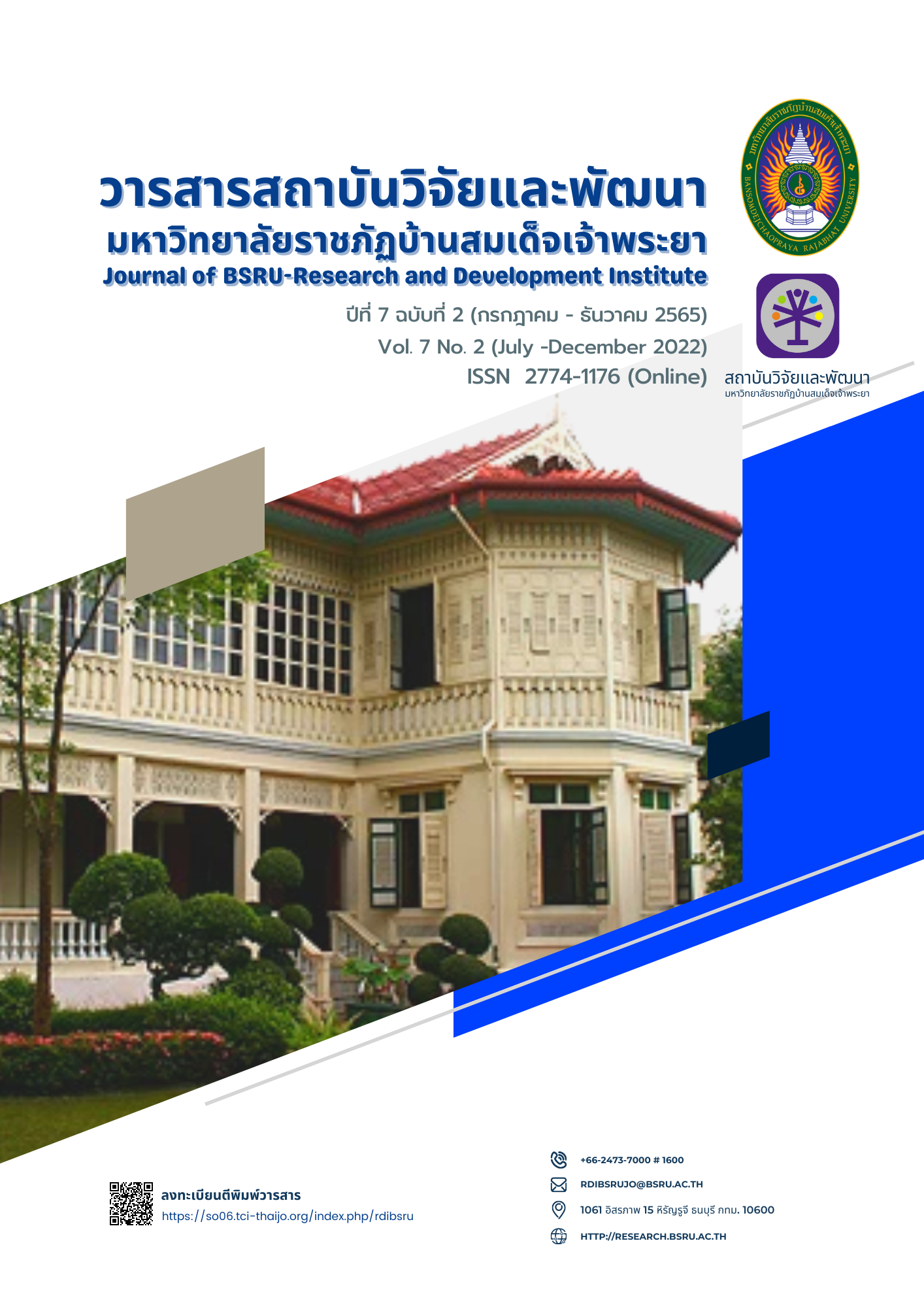Development of Error Correcting for Low Cost PM2.5 Sensor
Keywords:
Sensors, PM2.5, Polynomial order 4thAbstract
The development of processes to correct an output for low-cost sensor PM2.5 those methods through the hygroscopic growth rate (HGR) parallel to the 4th degree polynominal regression (Po.4). The low-cost sensors are PMS5003 and SDS012.All sensors have compared with BAM 1020 and Teledyne Beta plus 620. The best accuracy for comparing sensors and certified instruments is PMS5003 better than SDS021. To evaluate the developed processes, Mean Absolute Error (MAE) was used for comparing between non-HGR and HGR test. The results show that after comparing to the standard certified sensors, PMS5003 outperforms SDS021 provided that 15 µg/m3 total suspended particulate (TSP) is minimally detected. Before correcting error, the difference between PMS5003 and SDS021 based on Mean Absolute Error (MAE) is 20.3/11.1, and significantly declined after correcting via Petters and Kreidenweis model to 10.5/7.5, and 9.24/10.9 by Crilley. The 4th degree polynomial regression is employed for the purpose of improving the sensors’ accuracy. Root Mean Square Errors (RMSE) indicate that Petters and Kreidenweis model surpasses Crilley model with better testing values of 8.312/9.256. The correlation coefficients from 4th degree polynomial regression analysis were used for equation correction of PM2.5 monitoring as well as being applied to the prototype of particulate matter monitoring station. These findings reveal the effects of the developed error correction processes on low-cost PM2.5 sensors in terms of potentials compared to standard certified ones and higher accuracy. The present study represents a major contribute to the development of effective PM2.5 sensors.
Downloads
Downloads
Published
Issue
Section
License
บทความ ข้อความ ภาพประกอบ และตารางประกอบที่ลงพิมพ์ในวารสารเป็นความคิดเห็นส่วนตัวของผู้นิพนธ์ กองบรรณาธิการไม่จำเป็นต้องเห็นตามเสมอไป และไม่มีส่วนรับผิดชอบใดๆ ถือเป็นความรับผิดชอบของผู้นิพนธ์เพียงผู้เดียว






